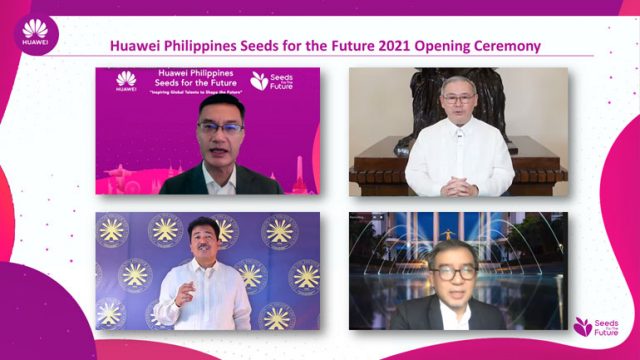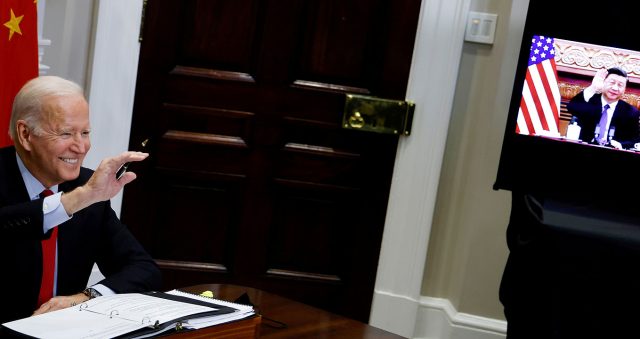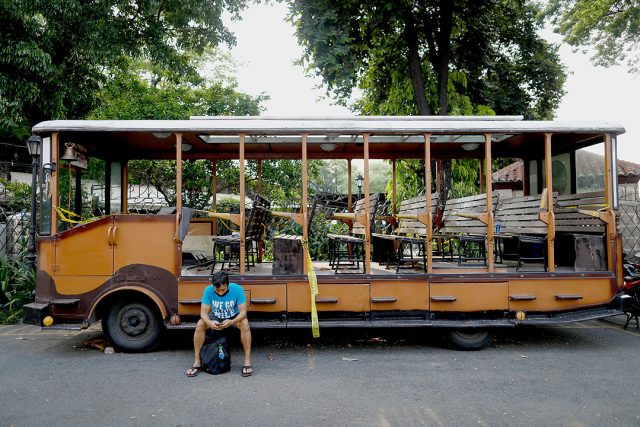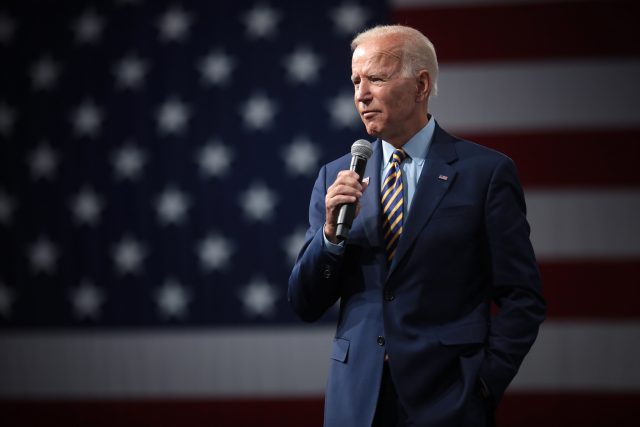Investing in the future through ICT talent

The advancement of information and communications technology (ICT) has created a world unrestricted by physical space, as proven by how it has curtailed the overall impact of COVID-19 on the global economy. As pointed out by the World Economic Forum, ICT made it “possible to create value — as seen in remote work, remote healthcare, and remote education — particularly from the perspective of inclusivity.”
New frontiers in value creation are propelling emerging economies to the spotlight, including that of the Philippines. For the past few years, the Philippine IT and business process outsourcing industry — the biggest and most reliant industry in the country on ICT — has been a major contributor to the country’s growth. In fact, the industry saw revenues climb to a total of $26.7 billion in 2020, even as the pandemic wreaked havoc on the national economy.
Clearly, there is opportunity for further growth through ICT as new technologies like 5G, AI, and IoT become more widely applied in the new world. Countries with good ICT foundation will be more resilient and can easily respond to disruption, while talent will drive industries to go digital.
This is the reason behind Huawei Philippines’ latest Seeds for the Future program, which aims to help students in the Philippines become better equipped to take advantage of the opportunities in digital technology and nurture the development of the country’s ICT ecosystem.
As an ICT leader, Huawei is committed to promoting ICT industry development in the Philippines. Seeds for the Future, Huawei’s flagship global CSR program, aims to develop skilled local ICT talent and to bridge communication between countries and cultures. In the past six years, more than 100 deserving students from the Philippines took the journey with Huawei Seeds for the Future program. As the pandemic continues, the selected talents will experience eight days of online training this year.
“Information and communications technologies have become crucial growth engines for many different industries. As an ICT leader, Huawei is committed to promoting ICT industry development in the countries it operates, and aims to drive long-term economic, social, and environmental sustainability. We also seek to close the gap between knowledge learned in the classroom and the skills required by the industry, and enhance knowledge transfer,” the company said.
“As the spread and impact of COVID-19 continues unfolding around the world, we need to be more alert, and more decisive than ever — responding constantly to changing conditions, while keeping an eye on the future, to ensure preparedness when better times return. However, learning and communication should never stop.”
Before 2019, Seeds for the Future is an onsite program, inviting talents to China to get to know the dynamic and innovative Chinese cultural and technology scenes. In 2020, in order to keep the continuity of the program despite the pandemic, Huawei launched the first online version and open to all academic background students.
Here in the Philippines, the program has been successfully implemented in partnerships with leading academic institutions nationwide, including the University of the Philippines. “Huawei Philippines Seeds for the Future Program are important and timely for they introduce to our students new technologies like 5G, AI and Cloud computing to help them enhance their knowledge, capabilities and skills,” Fidel Nemenzo, chancellor of UP Diliman stated in the opening ceremony this Monday.
“Huawei Philippines Seeds for the Future program became one of the most-awaited event by our aspiring ICT experts. The 2021 program will not just stimulate the minds of our students but more importantly will give them the chance to share their learnings with their peers, which in the long run can evolve in more immersive, inclusive and robust ICT ecosystem,” Dr. J. Prospero de Vera, chairman of Commission on Higher Education gave his remarks too.
“As the world becomes more digital, Huawei has seen it fit not only to be business for profit but also to make the building of a better future its business. In 2008, It took this commitment to another level by launching its flagship CSR Program — Huawei Seeds for the Future. Now this Digital Spark has spread exponentially to make a difference in the lives of almost 9,000 beneficiaries worldwide,” Secretary of Foreign Affairs Teodoro L. Locsin, Jr. said in his speech during the program’s launch.
“Seeds for the Future aptly named as such has been spreading and cultivating ICT expertise across the global expanse. Its beneficiaries are able to acquire ICT Knowledge firsthand while collectively building their network of ICT talents. I am glad that this program has reached the Philippines in 2015, more than 100 Filipinos have benefited from the program and are now making tangible contributions to our ICT industry. I extend my warmest congratulations to Huawei for the remarkable success of Seeds for the Future and to its new crop of talents. I have high hopes that this program will continue to soar higher to make a difference in the lives of many and to build a better future for us all,” Mr. Locsin added.
Jay Chen, vice-president of Huawei Asia Pacific Region, said that Huawei has announced to extend the digital talent cultivation initiatives even further. Over the next five years, Huawei has committed another US$50 million to develop 500 thousand ICT talents in Asia-Pacific, through several programs including Seeds for the Future.
Having established its presence in the Philippines for almost 20 years, Huawei aims to bring digital skills to more Filipinos towards building a sustainable world through Seeds for the Future.
Spotlight is BusinessWorld’s sponsored section that allows advertisers to amplify their brand and connect with BusinessWorld’s audience by enabling them to publish their stories directly on the BusinessWorld Web site. For more information, send an email to online@bworldonline.com.
Join us on Viber to get more updates from BusinessWorld: https://bit.ly/3hv6bLA.









